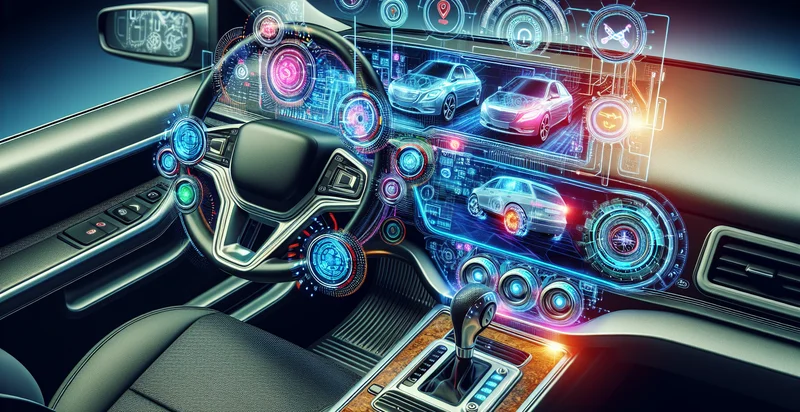Identify vehicle automation level
using AI
Below is a free classifier to identify vehicle automation level. Just upload your image, and our AI will predict what level of vehicle automation it is - in just seconds.

Contact us for API access
Or, use Nyckel to build highly-accurate custom classifiers in just minutes. No PhD required.
Get started
import nyckel
credentials = nyckel.Credentials("YOUR_CLIENT_ID", "YOUR_CLIENT_SECRET")
nyckel.invoke("vehicle-automation-level", "your_image_url", credentials)
fetch('https://www.nyckel.com/v1/functions/vehicle-automation-level/invoke', {
method: 'POST',
headers: {
'Authorization': 'Bearer ' + 'YOUR_BEARER_TOKEN',
'Content-Type': 'application/json',
},
body: JSON.stringify(
{"data": "your_image_url"}
)
})
.then(response => response.json())
.then(data => console.log(data));
curl -X POST \
-H "Content-Type: application/json" \
-H "Authorization: Bearer YOUR_BEARER_TOKEN" \
-d '{"data": "your_image_url"}' \
https://www.nyckel.com/v1/functions/vehicle-automation-level/invoke
How this classifier works
To start, upload your image. Our AI tool will then predict what level of vehicle automation it is.
This pretrained image model uses a Nyckel-created dataset and has 9 labels, including Assisted, Autonomous Level 1, Autonomous Level 2, Autonomous Level 3, Autonomous Level 4, Autonomous Level 5, Fully Automated, Manual and Semi Automated.
We'll also show a confidence score (the higher the number, the more confident the AI model is around what level of vehicle automation it is).
Whether you're just curious or building vehicle automation level detection into your application, we hope our classifier proves helpful.
Related Classifiers
Need to identify vehicle automation level at scale?
Get API or Zapier access to this classifier for free. It's perfect for:
- Fleet Management Optimization: This function can classify the automation level of vehicles in a fleet, allowing fleet managers to optimize operations based on automation capabilities. By identifying which vehicles are fully autonomous, semi-autonomous, or manual, managers can allocate resources and plan routes more efficiently.
- Insurance Risk Assessment: Insurance companies can leverage this classification function to assess the risk associated with insuring different vehicles. Understanding the automation level helps insurers set premiums accurately based on safety features and liability risks, leading to better risk management.
- Smart City Infrastructure Planning: Urban planners can utilize the vehicle automation level identifier to inform infrastructure development projects. Knowing the distribution of automated versus non-automated vehicles aids in designing roads, traffic signals, and parking facilities that cater to varying needs and enhance traffic flow.
- Consumer Vehicle Insights: Automotive manufacturers can apply this function in consumer-facing applications to provide potential buyers with insights into vehicle automation levels. By offering detailed comparisons of automation features, companies can help consumers make informed purchasing decisions that align with their preferences and needs.
- Regulatory Compliance Monitoring: Governments can use this classification to monitor compliance with regulations pertaining to autonomous vehicles. By accurately identifying the automation level in vehicles on the road, authorities can ensure compliance with safety standards and adapt policies as technology evolves.
- Telematics and Performance Analytics: The function can be integrated into telematics systems to provide insights into the performance of different levels of vehicle automation. This data can help manufacturers improve system designs and troubleshoot issues specific to automated functionalities.
- Transportation Network Optimization: Ride-sharing and mobility service providers can use the automation level identifier to enhance service efficiency. By classifying vehicles on their platforms, providers can manage a layered service offering, dispatching fully automated vehicles to suitable routes while maintaining human-driven options where needed.


